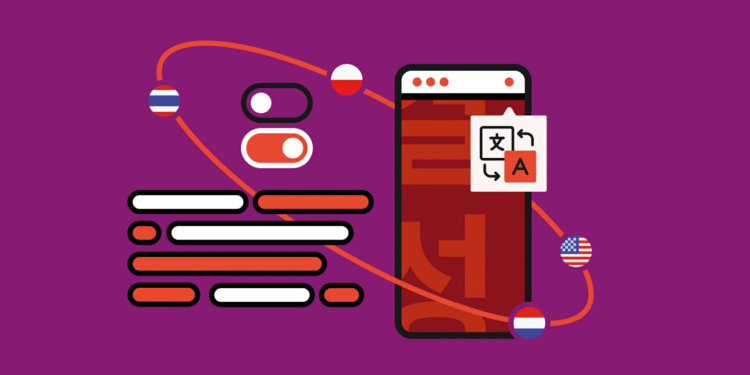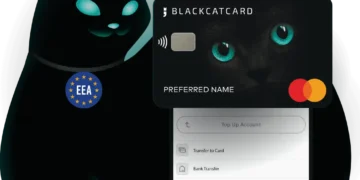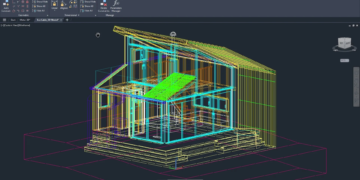Imagine you download a health app and something strange happens. The buttons don’t make sense. The diet advice used ingredients you have never heard of. The jokes? Not understandable to you. So this app is clearly not for you.
And that’s a problem. Because apps are everywhere now. From shopping to meditation to learning languages, apps shape our everyday lives. But if they don’t speak your language or understand your culture, they feel cold. Distant. Useless.
That’s where a software translation company steps in. Not to just “translate” the words, but to adjust the whole experience. To make it feel like the app was made just for you.
Understanding What is Localization?
Localization is like tailoring a jacket. You don’t just pick any size. You pick the one that fits you perfectly. With apps, localization means making sure the app fits the user’s language, culture, and habits. That includes things like:
- Changing dates and time formats
- Using local currency
- Adapting colors or images that may have different meanings elsewhere
When people open an app that understands their world, they don’t have to “figure it out.” It just works.
Why Personalization + Localization = Magic
Let’s say someone in Japan downloads your app. They expect the layout to move a certain way. They want polite, respectful language. And they likely prefer local payment options. Now imagine someone in Brazil. They want lively colors, casual text, and easy sign-up flows.
Personalizing an app for each region makes users feel seen. Not as a data point, but as real people. It builds trust. And when people trust your app, they use it more. They share it. They even pay for it. In short, personalizing through localization turns your app from “just another download” into a part of someone’s life.
Real Stories: When Apps Get It Right
Duolingo
Let’s look at Duolingo. This language app changed its tone and content depending on where users were. In Japan, it got more formal. In Latin America, it added friendly slang. The result? More users stayed with the app longer.
Uber
Another example is Uber. It changes maps, car options, and driver instructions depending on the country. They feel like it belongs to them.
That’s the power of good localization. It doesn’t feel like a feature. It feels like the app was made by someone who gets you.
Small Touches That Make a Big Difference
Personalization doesn’t have to be complicated. Sometimes, it’s the small details that matter most.
- Names: Using local name formats helps users feel respected
- Voice & tone: Friendly in one country, formal in another
- Graphics: A thumbs-up means “good” in some places, but rude in others
- Colors: Red can mean love in one place and danger in another
An app localization company knows these details. They help adjust every part of your app so it fits the local way of thinking, without changing your core product.
Why This Matters More Than Ever
The world is connected now, but it’s not all the same. People want digital tools that feel familiar. That speaks their language. That matches their culture. If your app isn’t localized, you’re asking users to work harder. To translate. To adapt. And many just won’t.
On the other hand, if your app feels local, even if it’s made far away, it becomes easier to use. People stick around longer. Your brand grows. Localization is no longer just “nice to have.” It’s essential.
Challenges to Watch Out For
Now, let’s be real. Localization isn’t always easy.
- Literal translation fails: Words may be right, but the meaning gets lost
- Code limitations: Not all apps are built to handle different scripts or directions (like Arabic or Hebrew)
- Lack of context: Translators need to know how the text fits into the app
That’s why working with people who understand both language and software is key. Not just someone who speaks two languages. But someone who knows how users behave in different parts of the world.
The Role of Human Insight
Even with tools and technology, human thinking still matters. Machines can miss emotion, tone, and hidden meanings. But humans pick up on those easily.
Let’s say your app has a playful voice. A literal translation might sound boring or even rude in another language. A skilled localizer knows how to keep that fun feeling alive, while changing the words.
How to Get Started with Personalization
You don’t need to launch in 50 countries at once. Start small.
Here’s how:
- Pick a region where there’s demand
- Study the culture
- Localize the content and make sure its fits the design
- Test with real users from that area
- Refine based on feedback, what works in theory might not work in practice
Over time, you’ll build a system that makes scaling easier. And users will feel that difference.
Building Trust Through Localization
When people open an app that greets them in their language, shows familiar icons, and understands their way of life, they feel comfortable. This comfort builds loyalty. And loyalty builds brands.
You’re not just translating. You’re showing users that they matter. That you thought about them before launching. That’s a rare thing. And people remember it.
Final Thoughts
When I look back at the health app that confused me, I don’t blame the creators. I know their intention was good. But intention doesn’t replace effort. In today’s world, effort means knowing your audience deeply. It means going beyond words and thinking about how people live, talk, and feel. That’s what localization does. It brings people and products closer.













